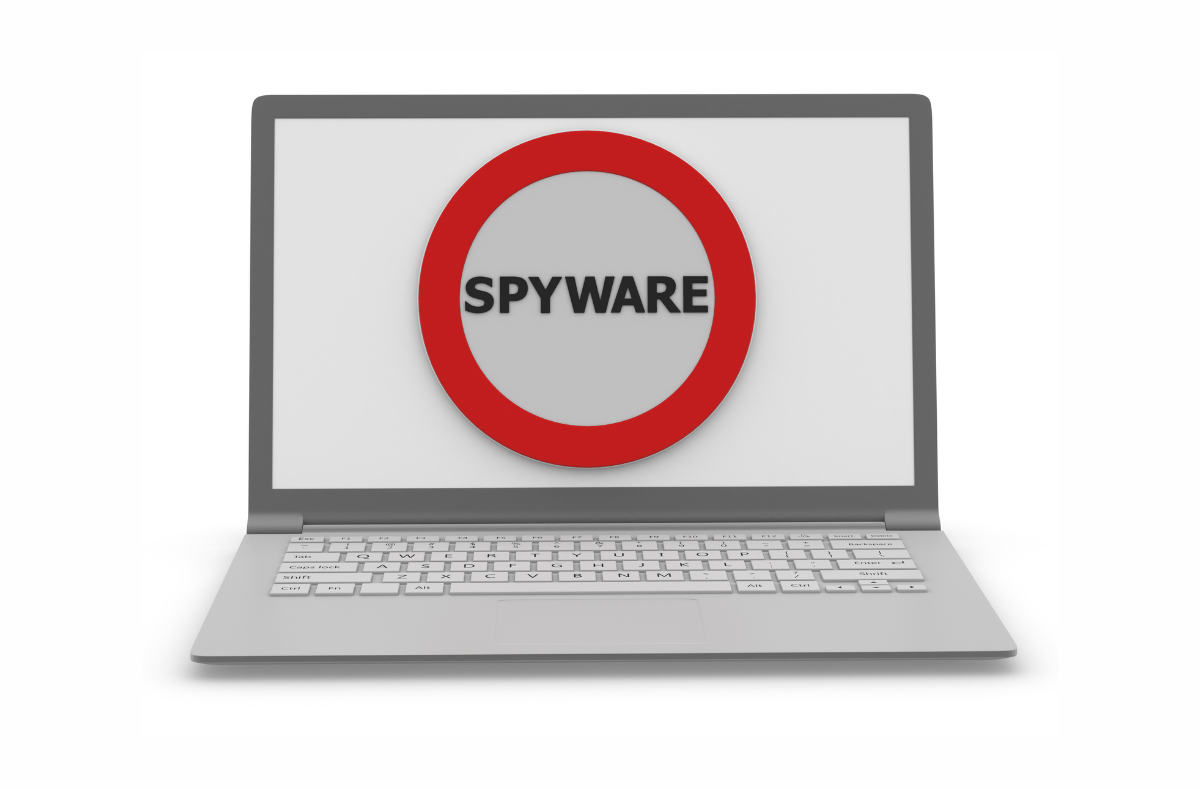3D Secure is a protocol that enhances the security of online, cardless transactions. It has been adopted by an increasing number of card issuers, including Visa and Mastercard. This article will provide an overview of 3D Secure and its operation.
Defining 3D Secure
3D Secure is a protocol that facilitates two-factor authentication (2FA) for cardless transactions. If your card issuer supports 3D Secure, you will be asked to verify your identity with an additional step when making cardless payments.
This additional step could be entering a unique PIN in the payment gateway or using biometric authentication, such as your fingerprint. The system is engineered to make cardless payments reliant on something that a criminal is unlikely to possess, even if they have your card information.
The term originates from the three domains involved in the secure payment process – the domain initiating the payment, the domain receiving it, and the interoperability domain (basically, all the systems in between).
The Operation of 3D Secure
3D Secure functions by asking users to complete an extra authentication step when making an online purchase. The specific step can vary for each card issuer but typically involves a PIN, password, or some form of biometric authentication.
For instance, if you are buying concert tickets online, you enter your card details and click “Pay.” Without 3D Secure, your payment is processed as long as the entered details are correct. This means that anyone with your card details could potentially misuse your funds.
With 3D Secure, an extra step is needed to finalize the transaction. You may need to enter a random number generated by your banking app (which requires authentication to access) or use the biometric scanners on your device. Regardless of the specific system, it will rely on something that a malicious actor would find difficult to steal or replicate.
3D Secure is implemented by your card issuer, so there’s typically nothing you need to do on your end to use it. As long as you’ve completed all the necessary steps when obtaining your card, the authentication process will automatically initiate when you make an online payment.
Advantages of 3D Secure
The primary advantage of 3D Secure for consumers is that it enhances the security of their funds. It’s significantly more challenging for criminals to make unauthorized payments from an account that uses 3D Secure than one without it.
Businesses also benefit from 3D Secure due to a feature known as liability shifting. This crucial aspect of 3D Secure means that if a fraudulent payment occurs despite the 3D Secure system, the card issuer is liable for the chargeback (refunding the lost money to the cardholder) rather than the merchant.
The 3D Secure protocol also reduces cybersecurity threats for consumers because the merchant in a transaction doesn’t have access to the authentication data. A consumer’s unique PIN or biometric data can’t be seen or recorded by the domain they’re transferring money to. If the merchant experiences a data breach later, that information remains secure.
In summary, 3D Secure safeguards users from data leakage, identity theft, and financial losses, and protects merchants from expensive chargebacks.
Determining if you’re equipped with 3D Secure
You can ascertain whether your card is 3D Secure-enabled by either conducting an inquiry with your card issuer or by doing some research on your own.
An alternative method to verify if you have 3D Secure is to carry out an online transaction. If you’re redirected to a page asking for two-factor authentication (2FA) after entering your card information, and you see your card provider’s logo, then your card is 3D Secure-enabled.
Keep in mind, this system is automatically managed by your card issuer, and you don’t need to do anything to activate it.
The significance of 3D Secure technology
With the rapid transition to a digital economy, the importance of 3D Secure technology has increased exponentially. As billions of dollars are transacted online annually, safeguarding credit card information in the digital realm is crucial.
In the past, security issues may have revolved around stolen cash or credit card skimming. However, the theft of card data now poses a more significant threat. To secure your online transactions and prevent unauthorized use of stolen card information, it’s advisable to use a 3D Secure-enabled card.
While this protocol alone cannot ensure complete protection of your card, it serves as an effective component of a comprehensive security strategy.
Can 3D Secure avert fraud?
3D Secure can indeed aid in fraud prevention, as it can stop unauthorized individuals who have stolen your card or card details from making purchases. However, it should not be your only defense mechanism.
While user authentication can reduce the risk of fraudulent transactions, you could still be susceptible to social engineering attacks such as phishing emails and smishing scams. It’s recommended to use a 3D Secure card along with other online security tools, including antivirus software, password managers, and a VPN.
Remember, the 3D Secure protocol only safeguards your card information during the transaction. A VPN, or Virtual Private Network, encrypts your data at all times, and some even offer additional malware protection.



